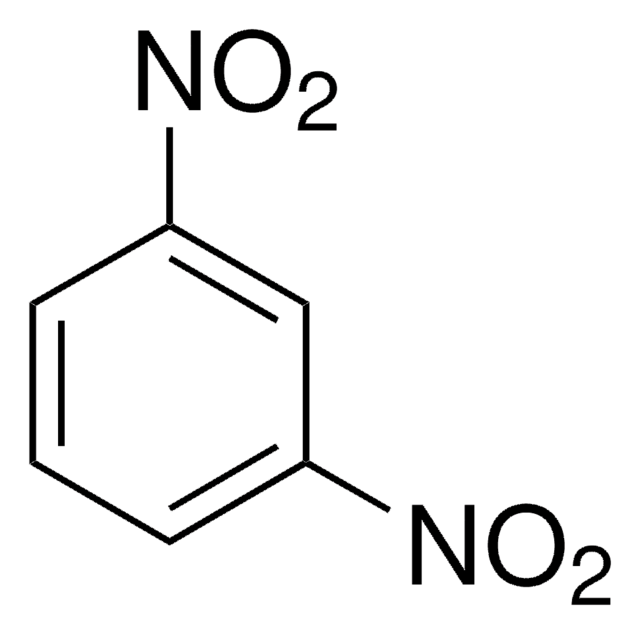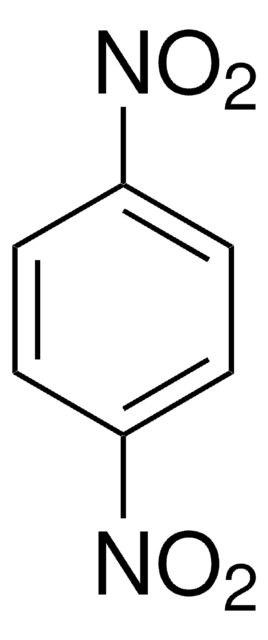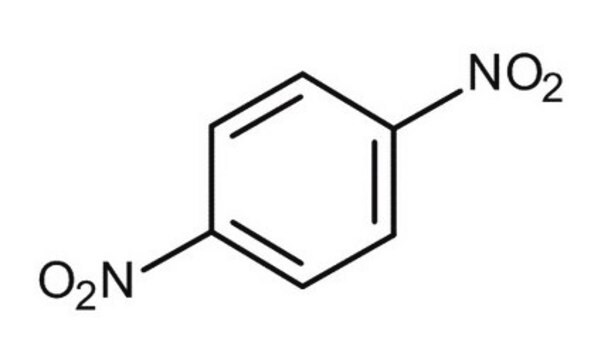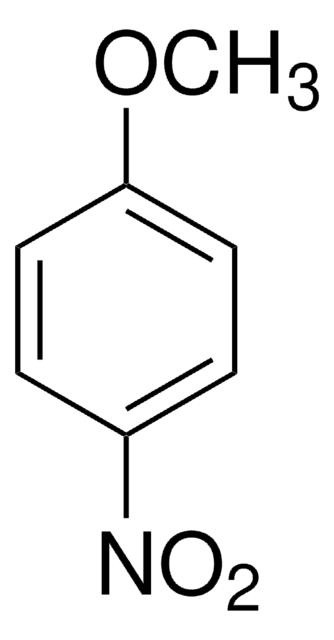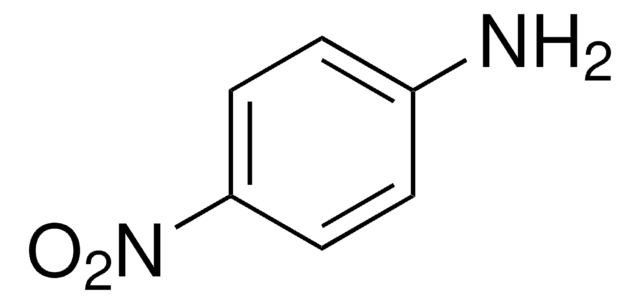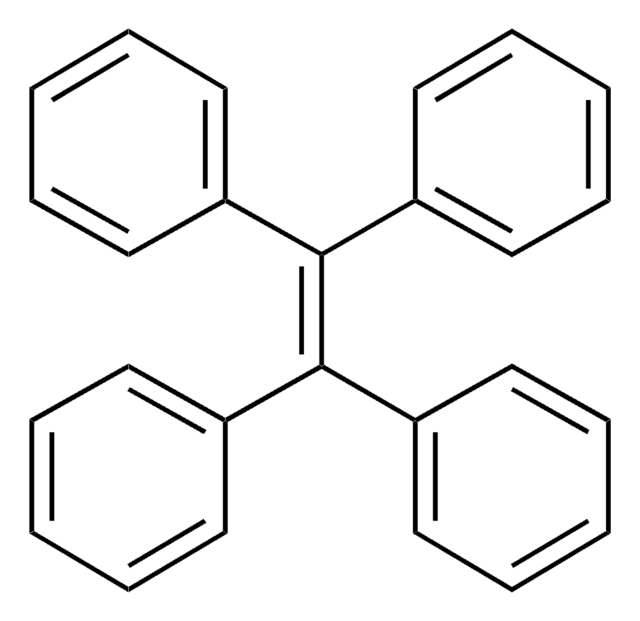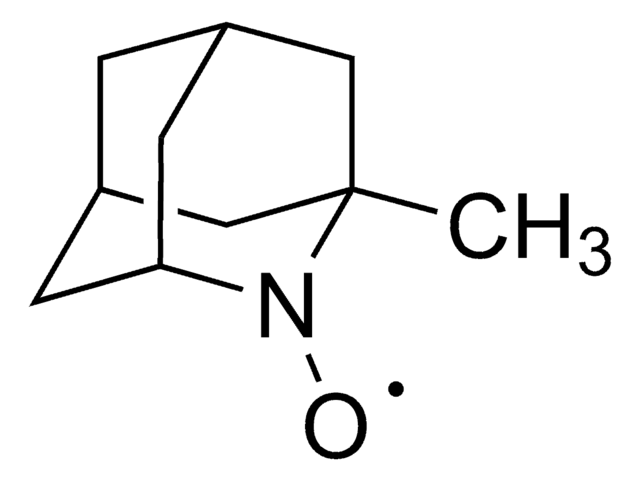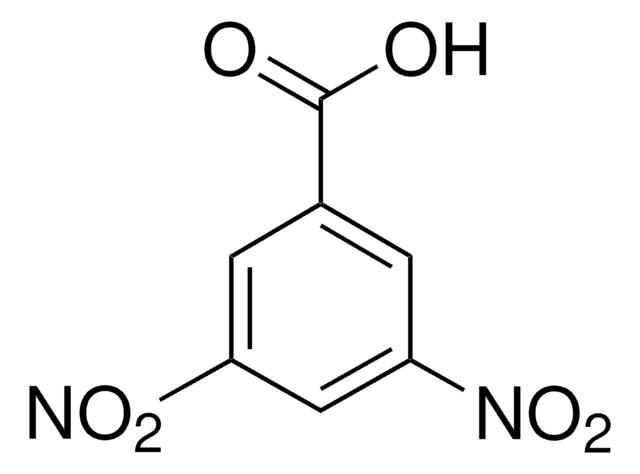Kluczowe dokumenty
126632
1,2-Dinitrobenzene
97%
Synonim(y):
o-Dinitrobenzen
About This Item
Polecane produkty
Poziom jakości
Próba
97%
Formularz
solid
bp
319 °C/773 mmHg (lit.)
mp
114-117 °C (lit.)
grupa funkcyjna
nitro
ciąg SMILES
[O-][N+](=O)c1ccccc1[N+]([O-])=O
InChI
1S/C6H4N2O4/c9-7(10)5-3-1-2-4-6(5)8(11)12/h1-4H
Klucz InChI
IZUKQUVSCNEFMJ-UHFFFAOYSA-N
Szukasz podobnych produktów? Odwiedź Przewodnik dotyczący porównywania produktów
Powiązane kategorie
Opis ogólny
Zastosowanie
- Wysoce rozbieżne podejście Picteta-Spenglera do pirolochinoksalin z aminy arylowej przy użyciu 1,2-dinitrobenzenu jako utleniacza: Omówiono użyteczność 1,2-dinitrobenzenu jako utleniacza w syntezie organicznej, istotnej dla opracowywania nowych farmaceutyków (Pardeshi et al., 2019).
Hasło ostrzegawcze
Danger
Zwroty wskazujące rodzaj zagrożenia
Zwroty wskazujące środki ostrożności
Klasyfikacja zagrożeń
Acute Tox. 1 Dermal - Acute Tox. 2 Inhalation - Acute Tox. 2 Oral - Aquatic Acute 1 - Aquatic Chronic 1 - STOT RE 2
Kod klasy składowania
6.1A - Combustible acute toxic Cat. 1 and 2 / very toxic hazardous materials
Klasa zagrożenia wodnego (WGK)
WGK 3
Temperatura zapłonu (°F)
302.0 °F - closed cup
Temperatura zapłonu (°C)
150 °C - closed cup
Wybierz jedną z najnowszych wersji:
Masz już ten produkt?
Dokumenty związane z niedawno zakupionymi produktami zostały zamieszczone w Bibliotece dokumentów.
Nasz zespół naukowców ma doświadczenie we wszystkich obszarach badań, w tym w naukach przyrodniczych, materiałoznawstwie, syntezie chemicznej, chromatografii, analityce i wielu innych dziedzinach.
Skontaktuj się z zespołem ds. pomocy technicznej